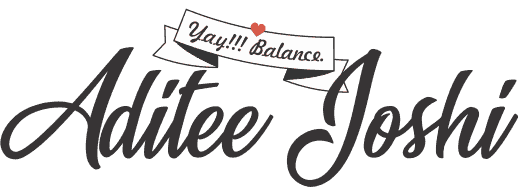Nowadays, even Youtube Advertisements are seen asking us questions regarding our experience using various products like cosmetic brands. I am a curious spirit when it comes to cosmetic products trending in the market and before making any purchase, I conduct my thorough research on the reviews shared by other users.
One of the reasons why I got a survey on cosmetic products I used could be my navigation history. Researching about your future purchase is always beneficial as it empowers you with knowledge on why you are choosing to go ahead with it. These purchase patterns can be gathered using various techniques. One
What is a Survey?
It is a research method used for collecting data from a set of predefined audience or group of individuals also known as “Focus Group” to gain insights on the topics of interest.
Characteristics of a Survey
- It should be simple to understand for the respondents
- It should follow the approach of being general in the beginning to being specific as it progresses
- It should follow a natural flow
- Make sure to keep it pocket-friendly and hence non-exhaustive for the respondents
Challenges faced while drafting a Survey
- Designing a Survey in itself is a task that requires a lot of thinking and efforts
- Finding a Focus Group or set of respondents suitable for the survey
- Arranging incentives for the respondents to keep them motivated
- Avoiding the respondents from encountering Fatique
Data Collection techniques using the Survey
Today, there are companies which collect the data from different Point of Sale systems and use it to derive meaningful patterns in terms of customer behaviour. There are other ways to collect data which have evolved with time. In this technical era, surveys have evolved from the physical medium to the electronic medium. However, the decision to pick the survey type is entirely dependent on the Researcher where he/she can evaluate the pros and cons of it.
Let us first dive into broader segmentation of survey methods mainly the Cross-sectional surveys, Longitudinal Surveys and Correlational surveys. These
- Cross-sectional Survey Method – The sample set here can have multiple variables which are similar in nature but the variable to be tested is always distinct for each respondent. This unique variable does not change throughout the flow of the survey.
- Longitudinal Survey Method – This observational method collects data that is either qualitative or quantitative in nature over a prolonged period of time say for six months or a year. The Survey creator does do not interfere with respondents and observes them from a distance.
- Correlational Survey Method – This method involves the study on two distinct variables and a statistical analysis is run to understand the relation between them. The catch is identifying which of the two variables is affecting the other.
Now that we have an understanding on survey data collection methods, we can move ahead and explore the types of surveys existing in today’s market.
- Online Surveys – I have come across surveys in my email, YouTube, and even in google ads that are displayed based upon my navigation history. Online surveys are used to capture responses real time and the analysis becomes even simple with tools like Google forms which allow respondents to participate from any remote location. The response rate is also high in this case.
- Telephone Surveys – This method is not quite helpful as the respondents might be hesitant in sharing their information with anyone on the phone asking them questions. It can also affect the responses due to lack of trust. However, it demands fewer efforts and time in execution.
- Face to Face Surveys – This method attracts maximum trust from the respondents and hence the responses can be trusted without any bias. This type of survey also involves pre-testing with a smaller sample set.
- Paper Surveys – Not every remote location in this world has connectivity to the internet. Yet, data collection is imperative in such areas. This survey collection method involves pen and paper which adds to the human effort.




















